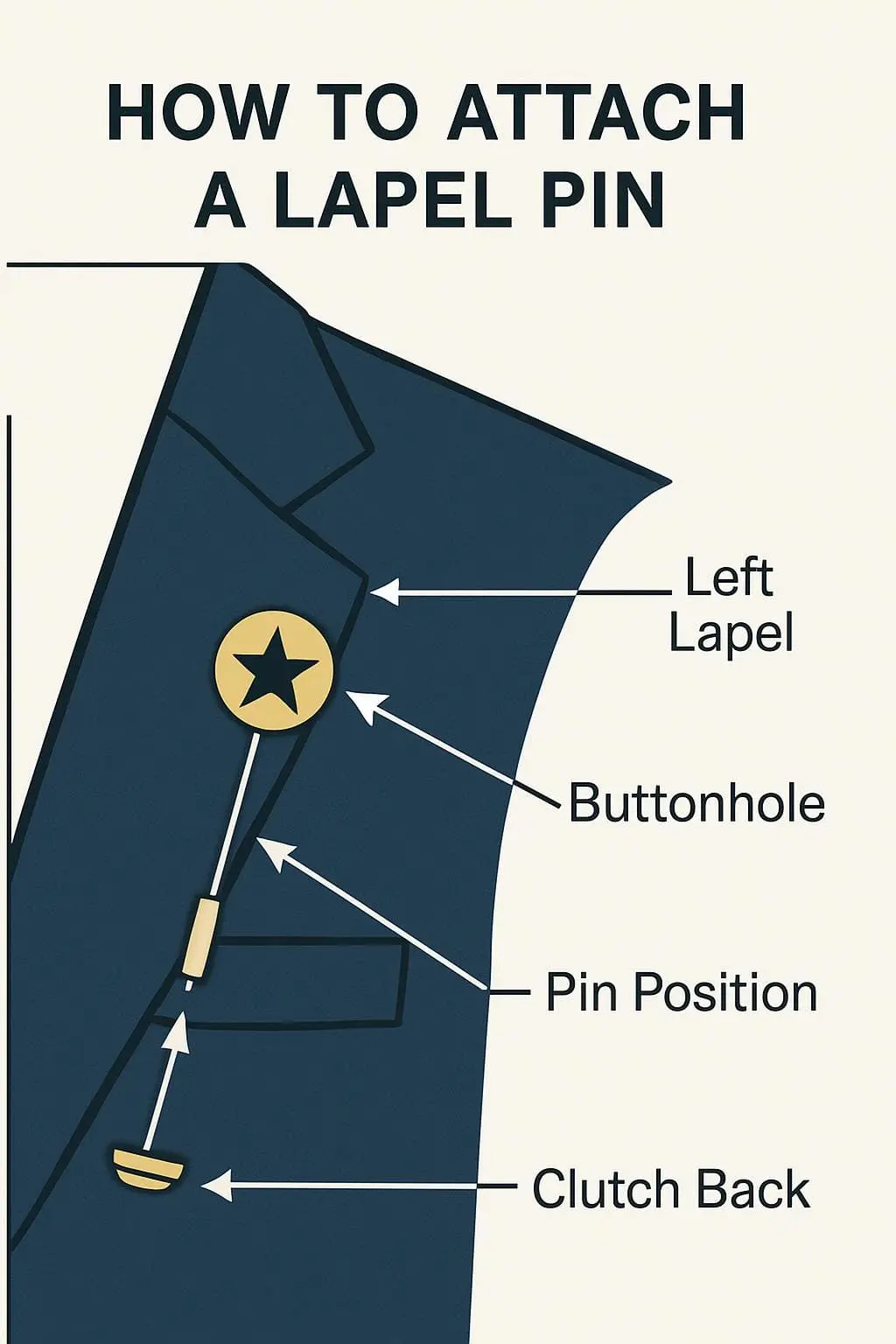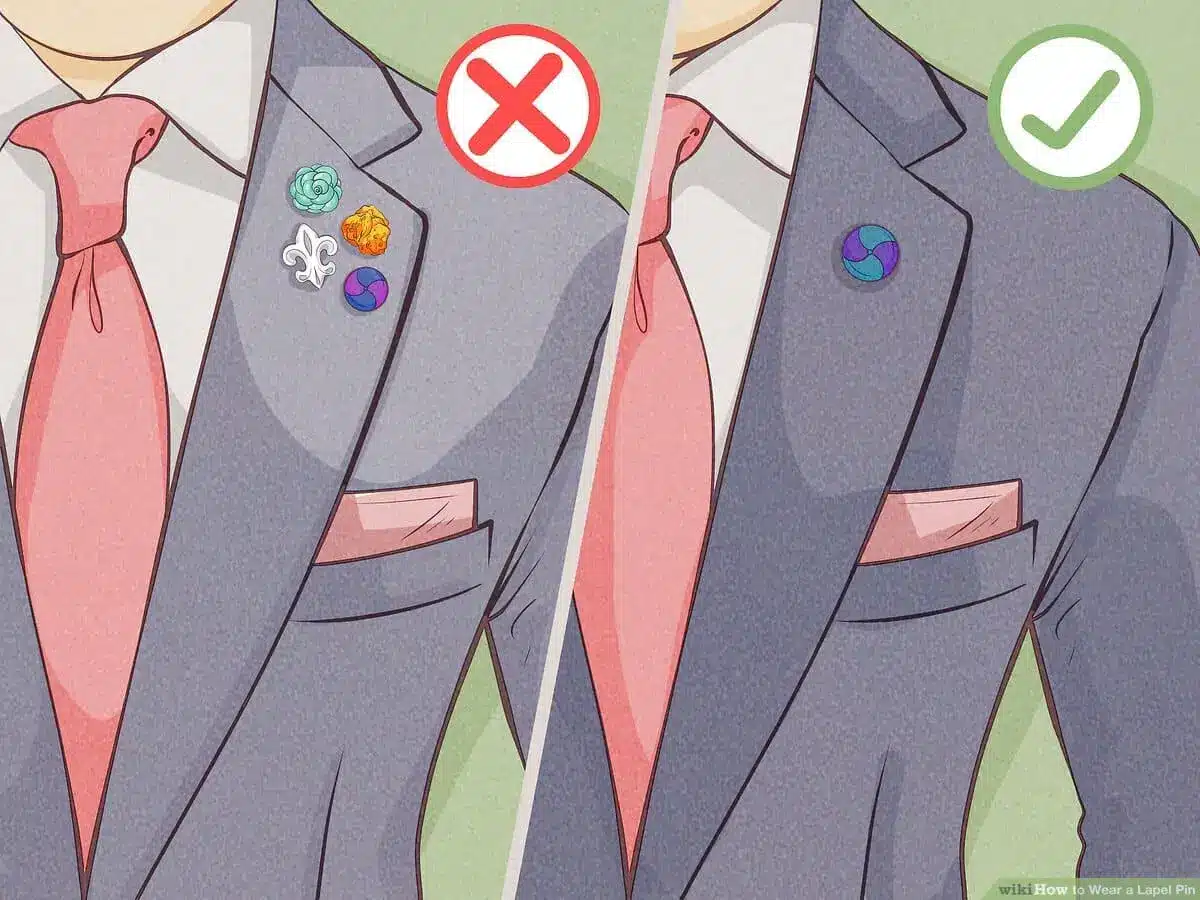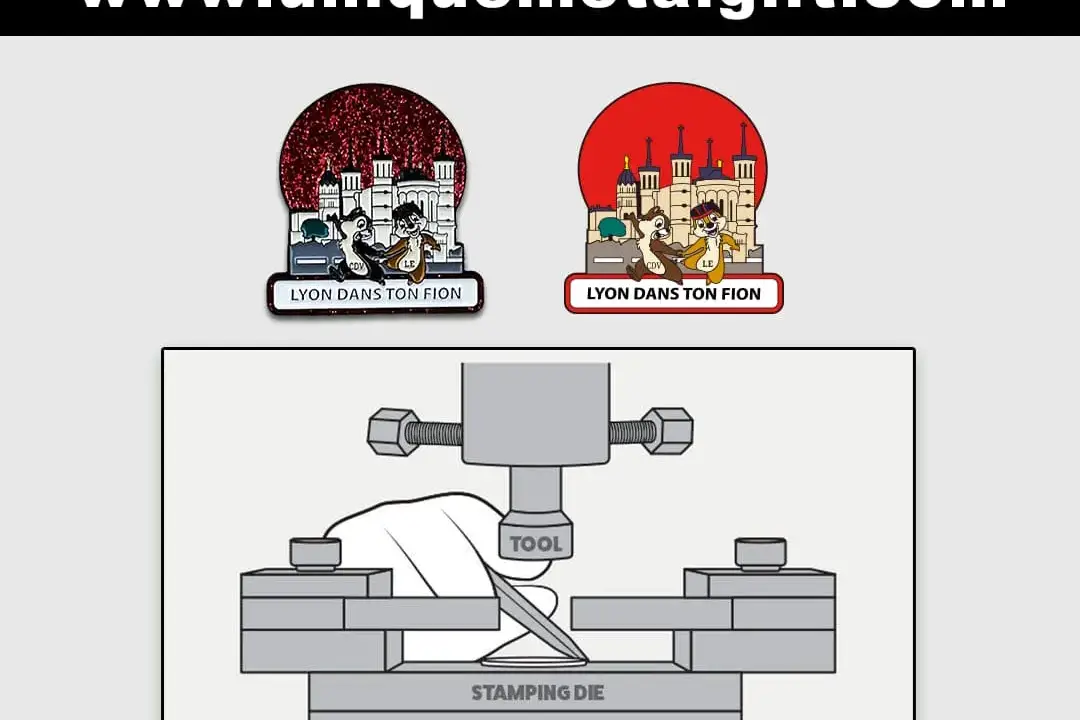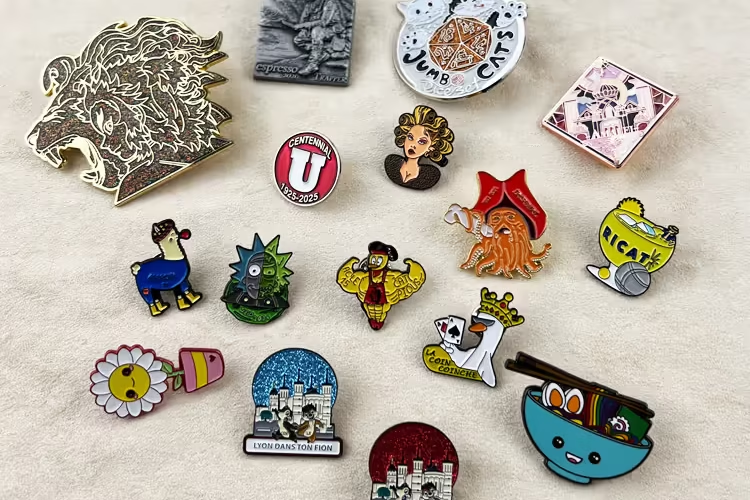How to Wear a Lapel Pin: The Complete Style Guide for Every Occasion

Table of Contents
What is a Lapel Pin and Why Should You Wear One?
The Basic Rules of Lapel Pin Placement

Different Types of Lapel Pins and Their Uses
How to Properly Attach a Lapel Pin
Lapel Pin Etiquette for Different Occasions

Styling Tips for Formal and Casual Wear
Common Mistakes to Avoid
Care and Maintenance of Your Lapel Pins
Frequently Asked Questions
While lapel pins are traditionally designed for jacket lapels, modern fashion has evolved to accommodate pin wearing on other garments. You can wear lapel pins on sweaters, cardigans, vest lapels, or even shirt collars in casual settings. However, for formal or business occasions, a jacket or blazer remains the most appropriate base for lapel pin wearing. When wearing pins on alternative garments, maintain the same placement principles—on the left side, positioned over the heart area.
The traditional and most widely accepted rule is to wear only one lapel pin at a time. This creates a clean, sophisticated appearance that doesn’t overwhelm your outfit or compete for attention. Multiple pins can appear cluttered and may suggest inexperience with formal dress codes. If you want to represent multiple affiliations or interests, consider rotating different pins on different days rather than wearing them simultaneously.
Lapel pins and brooches serve similar decorative functions but differ in size, design, and traditional usage. Lapel pins are typically smaller, more understated, and designed specifically for jacket lapels. Brooches are generally larger, more ornate, and can be worn on various clothing items including dresses, scarves, and coats. Lapel pins use simple pin-and-clutch mechanisms, while brooches may feature more complex fastening systems. In formal menswear contexts, lapel pins are almost always the appropriate choice.
Absolutely! Lapel pins are not gender-specific accessories and can be worn by anyone with appropriate clothing. Women can wear lapel pins on blazers, suit jackets, coats, and other garments with lapels, following the same placement and styling guidelines as men. The key is selecting pins that complement the overall outfit and occasion, regardless of the wearer’s gender.
While your lapel pin doesn’t need to exactly match other accessories, it should coordinate harmoniously with your overall look. Consider the metal tones of your watch, cufflinks, belt buckle, and other accessories when selecting a pin. Mixing metals can work if done intentionally and tastefully, but random combinations may appear careless. The goal is to create a cohesive appearance that demonstrates attention to detail.
Yes, lapel pins can enhance casual outfits when chosen and styled appropriately. Casual settings allow for more creative, colorful, and playful pin choices that might not be suitable for formal business environments. Enamel pins, artistic designs, and pins reflecting personal interests work well with casual blazers, denim jackets, or casual sport coats. The key is ensuring your pin choice matches the formality level of your overall outfit.
Pin size should be proportionate to your lapel width and overall jacket proportions. For most standard lapels, pins ranging from the size of a dime to a quarter work well. Narrow lapels require smaller pins to avoid overwhelming the space, while wider lapels can accommodate slightly larger designs. Consider your body frame as well—larger individuals can typically wear slightly larger pins without appearing disproportionate.
Frequent pin loss usually indicates a problem with the clutch mechanism or improper attachment technique. Check that your clutch back is properly engaging the pin shaft and providing adequate grip. Replace worn or damaged clutch backs, as they lose tension over time. Ensure you’re pushing the pin completely through the fabric and that the clutch is positioned snugly against the back of the lapel. For valuable pins or problematic fabrics, consider magnetic alternatives that provide more secure attachment.
In professional environments, avoid pins with controversial messages, political statements, religious symbols (unless directly relevant to your work), cartoon characters, or overly casual designs. Extremely large pins, bright neon colors, or anything that might be considered offensive or distracting should also be avoided. When in doubt, opt for conservative choices like simple geometric designs, company logos, or professional association insignia.
The cleaning method depends on the specific metal and construction of your pin. For silver pins, use a silver polishing cloth or gentle silver cleaner. Brass and copper pins can be cleaned with appropriate metal polishes. Always test cleaning products on an inconspicuous area first, and avoid harsh chemicals or abrasive materials that could damage delicate details or finishes. For valuable or antique pins, consider professional cleaning services to avoid accidental damage.
Conclusion
This comprehensive guide to lapel pin wearing provides the foundation for developing your personal style while respecting traditional etiquette and social expectations. As fashion continues to evolve, these fundamental principles will help you adapt and maintain appropriate, sophisticated appearances in any setting.






